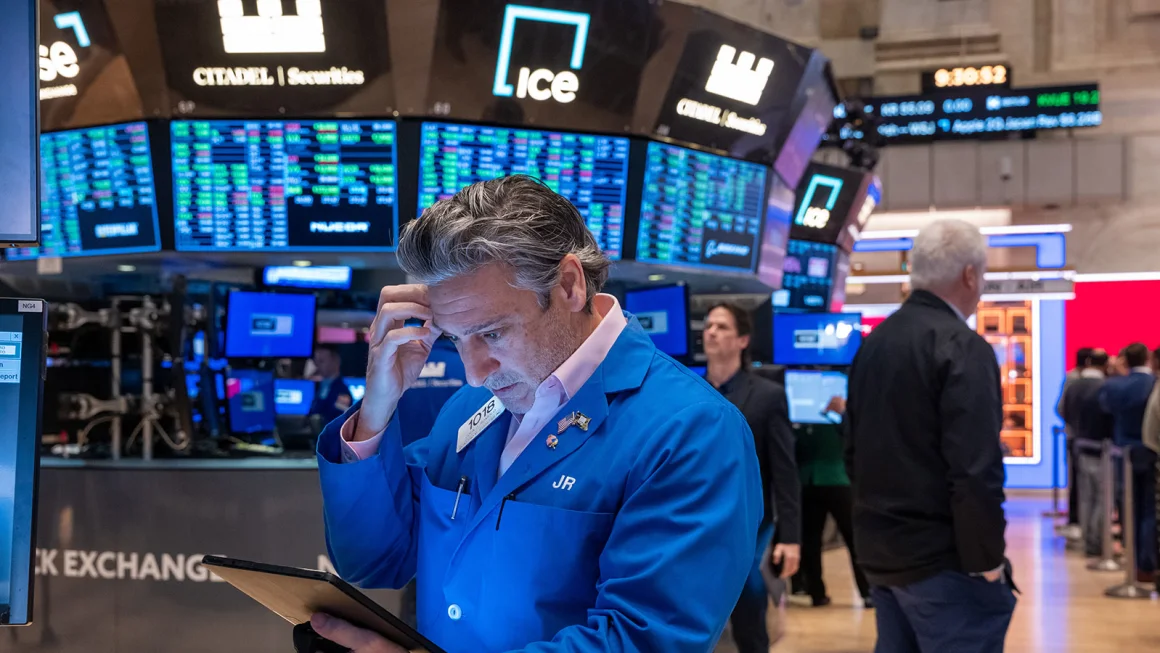Navigating a Complex Financial Landscape
As investors navigate the turbulent waters of the stock market in 2024, the prevailing sentiment on Wall Street is a mix of caution and optimism. The Federal Reserve’s reluctance to cut interest rates has tempered the early stock rally, sparking fears of prolonged high borrowing costs that could hamper consumer spending and corporate profits. Yet, historical data and recent economic indicators suggest resilience in these challenges, offering a glimmer of hope for savvy investors.
Historical Perspective: A Silver Lining in Steady Rates
Fed’s Pause and Its Positive Impact on Stocks
Despite the current economic uncertainties and the Federal Reserve’s hesitance to reduce interest rates, historical trends offer a reassuring perspective. According to data from LPL Financial, the S&P 500 index has seen an average increase of 13% during periods when the Fed has paused rate changes. Remarkably, the index has already achieved a 14% gain in the ongoing pause since July 2023. LPL Financial’s chief equity strategist Jeff Buchbinder emphasizes, “Long pauses are typically good for stocks. When the Fed is forced to cut because of economic weakness, stocks tend to sell off — not in the environment we’re in today.”
Current Economic Strengths
U.S. Economy’s Robust Performance Amid High Rates
The U.S. economy has demonstrated remarkable resilience. With the labor market remaining strong and consumer spending consistent, the economy has managed to thrive even as the Federal Reserve battles inflation with high interest rates. Jerome Powell, Chair of the Federal Reserve, acknowledged the need for continued vigilance on inflation but expressed cautious optimism about the economic outlook, noting persistent high inflation readings and potential signs of easing.
Labor Market Insights
Subtle Shifts Signaling Stability
Recent labor statistics reveal a cooling yet stable job market, aligning with historical norms. The April jobs report showed a gain of 175,000 jobs, a significant slowdown from March but still sufficient to keep pace with population growth. This slowdown in job and wage growth could help alleviate inflationary pressures without plunging the economy into recession, suggesting a potential easing of rates shortly.
Cybersecurity Efforts: Project Fortress
Strengthening Financial Defenses Against Cyber Threats
In response to growing cybersecurity threats, the U.S. Treasury has launched Project Fortress, a collaboration with central banks to bolster the financial sector’s defenses. This initiative aims to protect against attacks and deter potential cybercriminals through defensive measures and proactive, offensive strategies, including sanctions and law enforcement actions.
Global Politics: Influences from Asia
Indian Elections and the Billionaire Factor
In India, the electoral landscape is partly shaped by the country’s wealthiest individuals, Mukesh Ambani and Gautam Adani, whose business successes and political endorsements are stirring significant debate. As Prime Minister Narendra Modi seeks a third term, his economic policies and alliances with these tycoons are under intense scrutiny, highlighting the complex interplay between business and politics in the world’s most populous democracy.
A Year of Cautious Optimism
As 2024 progresses, the stock market remains a focal point for global financial stability. Despite the Federal Reserve’s cautious stance on interest rates, the resilience of the U.S. economy and strategic initiatives like Project Fortress provides a foundation for careful optimism. Investors and policymakers must navigate these challenges with a keen understanding of historical trends, economic indicators, and geopolitical dynamics to secure a prosperous future.




















